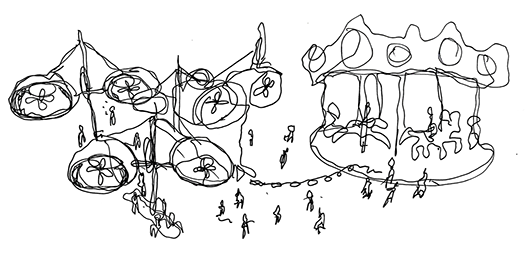WindNest Powered by Art.
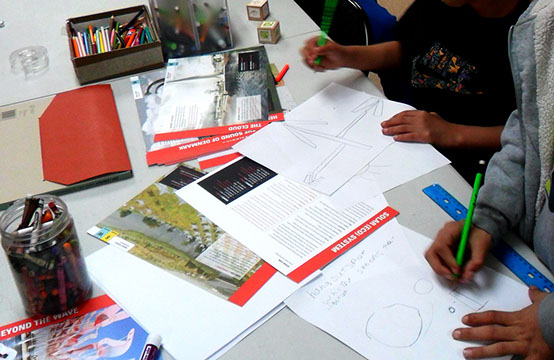
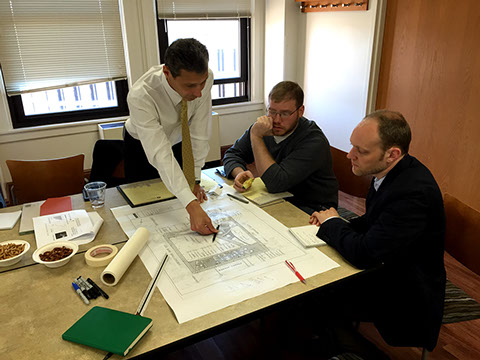
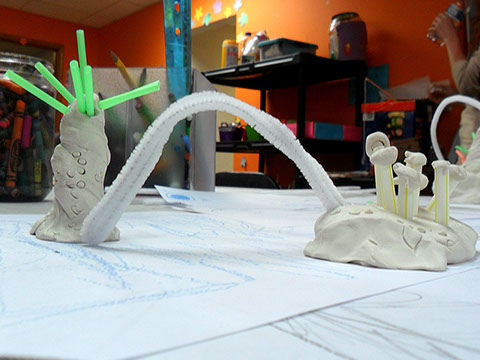
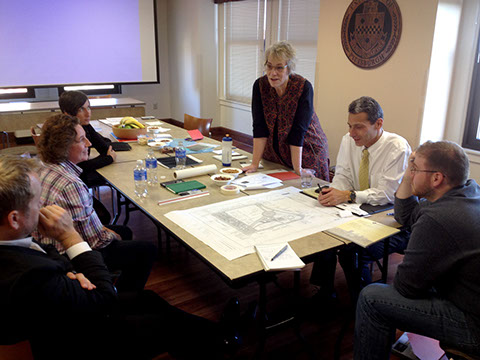
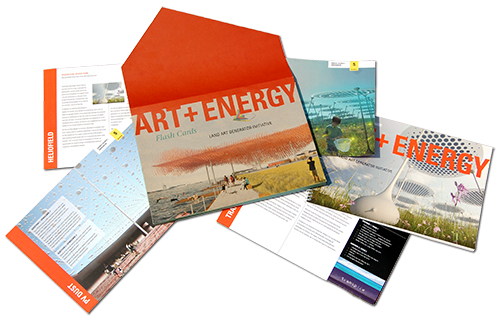
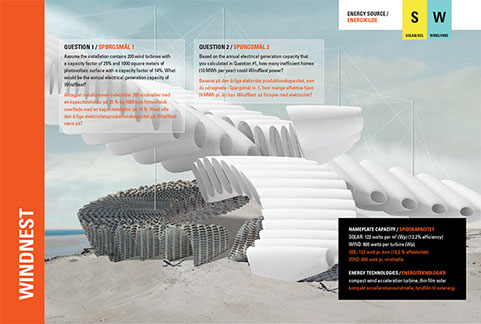
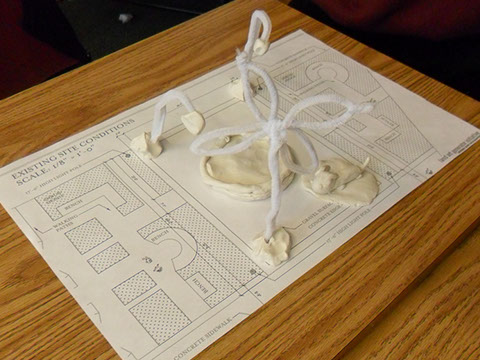
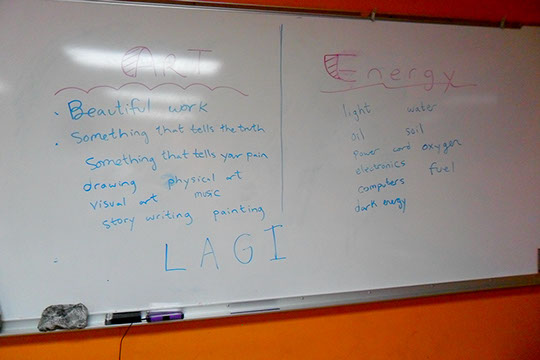
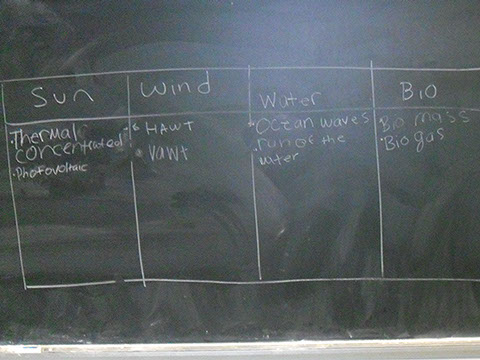
WindNest workshop at the YMCA Hilltop
Young people sketch their ideas for energy generating artworks.
The LAGI Design Toolkit has been developed to provide activities that lead students through the design process while teaching about energy science and sustainable technologies.
Activities such as the LAGI Idea Generator are fun ways to kick start invention!
WindNest Design Charrettes
Gregory Reed (Director) and Brandon Grainger (Research Professor) from the University of Pittsburgh's Swanson School of Engineering provide guidance on the options for establishing a DC microgrid to bring power from the WindNest artwork to the PNC Carousel.
WindNest workshop at the YMCA Hilltop
LAGI Art + Energy creative activities teach kids the science behind sustainable energy generation and allow then to imagine the future.
What if artists used renewable energy technologies as the medium for new public artwork? What if engineers thought about creative applications for their inventions?
WindNest Design Charrettes
WindNest is thankful to have the support of local stakeholders such as Pittsburgh Parks Conservancy, the University of Pittsburgh, the Carnegie Library of Pittsburgh, Carnegie Museums, Oakland Business Improvement District, City Council Member Dan Gilman's Office, Department of Parks and Recreation, and the Oakland Planning and Development Corporation.
Presentations at each stage of the design process to stakeholders have been facilitated by Pittsburgh Parks Conservancy who maintains Schenley Plaza on behalf of the City of Pittsburgh. WindNest has been designed specifically for the dedicated public art area within the plaza at the invitation of the Parks Conservancy.
Special thanks goes to Susan Rademacher, Heather Sage, and Kate Freed at the Parks Conservancy whose kind support and guidance have made it possible to bring WindNest to Pittsburgh.
Art+Energy Flash Cards are utilized in the LAGI WindNest workshops
The Land Art Generator Initiative Art+Energy Flash Cards are designed to strengthen the pragmatic problem solving skills needed to address solutions for 21st century energy challenges by offering an engaging tool for science education. They highlight real world applications of STEAM (science, technology, engineering, art, math) objectives and teach about the importance of sustainability in design.
Science, technology, engineering, design, and art all come together in this kit. The images on the front of each card represent ideas for large-scale works of public art that generate utility-scale clean electricity for cities. These artful power plants are designed to be safe to the natural environment, not create pollution, to generate energy for up to thousands of homes, and to make our public spaces more enjoyable.
Using land art generator proposals from the 2010, 2012, and 2014 LAGI design competitions, the cards take the user through the process of estimating the amount of electricity that each artwork is capable of generating in one year based on a number of criteria, such as the nameplate capacity of the technologies employed and the capacity factor of the installation itself (a product of site conditions).
Art+Energy Flash Cards are utilized in the LAGI WindNest workshops
The Land Art Generator Initiative Art+Energy Flash Cards are designed to strengthen the pragmatic problem solving skills needed to address solutions for 21st century energy challenges by offering an engaging tool for science education. They highlight real world applications of STEAM (science, technology, engineering, art, math) objectives and teach about the importance of sustainability in design.
Science, technology, engineering, design, and art all come together in this kit. The images on the front of each card represent ideas for large-scale works of public art that generate utility-scale clean electricity for cities. These artful power plants are designed to be safe to the natural environment, not create pollution, to generate energy for up to thousands of homes, and to make our public spaces more enjoyable.
Using land art generator proposals from the 2010, 2012, and 2014 LAGI design competitions, the cards take the user through the process of estimating the amount of electricity that each artwork is capable of generating in one year based on a number of criteria, such as the nameplate capacity of the technologies employed and the capacity factor of the installation itself (a product of site conditions).
WindNest workshop for 4th graders at Manchester Youth Development Center in Pittsburgh
After considering the site, form, scale, technology, and materials, youth create models of their ideas for renewable energy sculptures for Schenley Plaza in Pittsburgh. This artwork is designed to provide electricity to the park.
During a WindNest workshop at the YMCA Hilltop
Youth share their ideas of what art can be.
Youth share their new knowledge of renewable energy technologies at Manchester Youth Development Center in Pittsburgh
1 – 9
<
>
Community engagement is important for the success of the WindNest project. We actively engage in dialogue with the public, educate communities about renewable energy technologies and the potential beauty that exists in our future energy landscapes, and solicit and respond to feedback from stakeholders and the general public.
As a part of the WindNest educational outreach LAGI is holding workshops for all ages throughout Pittsburgh during 2015 and 2016. Below is a list of organizations that we are working with to make these workshops a success.
- Allegheny Intermediate Unit
- Assemble
- Carnegie Library of Pittsburgh Teen Lab
- Citizen Science Lab
- Friendship Community Group
- Homewood Renaissance Association
- Manchester Youth Development Center
- Mattress Factory
- Millvale Community Library
- Remake Learning
- YMCA Hilltop
- YWCA STEM Stars
Please visit the Educational Outreach section of the LAGI website to learn more about our free educational content, 2016 Youth Design Prize, and more.
Contact us if you would like to have LAGI visit your school or organization!
Workshop Learning Objectives
1. Gain an understanding of art outside of the gallery
2. Increase energy literacy and awareness of how energy is generated and consumed
3. Learn about different types of energy generation technologies and the different ways that energy can be harnessed from natural and renewable resources
4. Understand the difference between peak (nameplate) capacity and productive output for different renewable energy technologies
5. Understand past LAGI submissions and the ideas behind their designs in relation to technology, art, engineering concepts
6. Design artistic forms which integrate renewable energy technologies
SUPPORTED BY
Heinz Endowments*
Henry Hillman Foundation*
Horne Family Foundation
National Endowment for the Arts
*The Heinz Endowments supports efforts to make southwestern Pennsylvania a premier place to live and work, a center for learning and educational excellence, and a region that embraces diversity and inclusion.
*The Hillman Foundation is dedicated to improving the quality of life in Pittsburgh and southwestern Pennsylvania.
